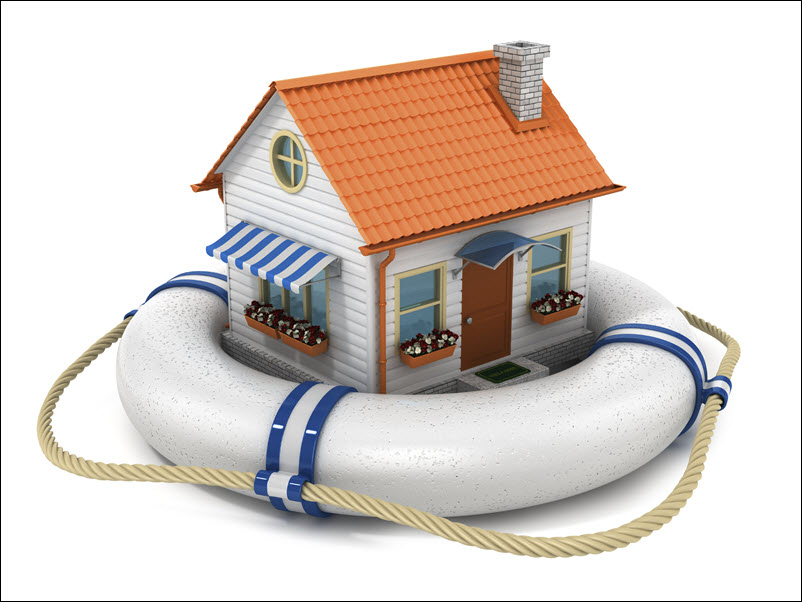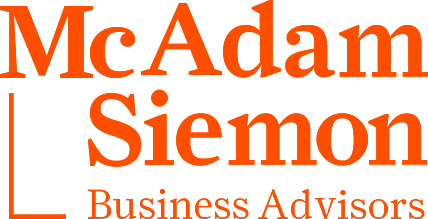News
Business owners: Are you inadvertently putting your family home at risk?
Posted: 26 June 2018

As a business owner, there are plenty of things you need to manage, and two of the most important of these are assets and risks.
In other words, building your wealth and protecting your wealth.
There’s no point building a lot of wealth if the way you have things structured behind the scenes means that someone could take your assets away from you.
Sadly, many business owners are in precisely this predicament, without knowing it!
Following are some crucial concepts that, if you as a business owner don’t understand them and put protective measures in place, your family home (and all personal assets of you and your family) are at risk of being lost if someone decided to take legal action against your business.
Consider these facts…
- Your business faces unpredictable risks through interaction with employees, customers/clients and creditors.
- This means there is potential to be sued by a variety of parties. Where there are agreements in place, sometimes disagreements later result. This is life. It makes sense to accept that, and plan and protect yourself, rather than hope it never happens.
- Litigation, sadly, is increasing each year, largely driven by lawyers offering ‘no win, no fee’ services.
- This encourages people to ‘have a go at you’ through legal action. They have nothing to lose, after all.
- This means you need to ‘build a wall’ between your business risks and your personal assets otherwise you risk losing it all.
- This ‘wall’ protects you and your family from losing assets such as your house or personal investments, if your business was to be sued.
- The wall is created by clever use of companies, trusts and also deciding who within a married couple, for example, should and should not be a Director of each company. This is a key point. One seemingly simple mistake in this area can cost a family their house.
- The standard type of will puts your family’s assets at risk, because if the person who dies holds the family’s personal assets in their name, ownership of these assets will revert to the person who through their Directorships in the business, is at a much higher risk of being sued.
This presents significant risk.
So what can you do about it?
If you haven’t looked at your asset protection structure in the past 12 months, you need to make that a priority.
Then this should be reviewed annually.
Why?
As your life changes, your asset protection strategies—your ‘wall’—needs to be checked that it is still appropriate.
As part of this process we also ensure your wills and estate planning are in order. Remember, the standard type of will can bring down your wall.
In addition to wills, there are other important documents to have in order such as an enduring power of attorney. This is a legal document that can give someone else—the person you choose—the power to make personal or financial decisions on your behalf.
You see, it is far more common for someone to become incapacitated through accident or trauma such as stroke, than it is to suddenly die. If this happens to you, you may not be able to communicate your wishes and make decisions when you need to.
The consequences of this are dire and tragic.
Why?
It’s all about choices and about ensuring you protect your family and your assets. Without sound asset protection and effective wills and estate planning in place, the legacy you have been working so hard to build may not end up in the hands of the people you intend.
The potential tragic nature of this type of scenario is why we feel so passionate about asset protection and estate planning … because it’s all about protecting the families we serve.
If you’re anything like our many other clients who have these structures in place, we think you’ll find the costs of ‘building these walls’, so to speak, relatively minor compared to the protection they give you and your family.
Your next step … Call us on 07 3421 3421 or email us on cpa@mcadamsiemon.com.au to make a time to meet and discuss your options. We’ll then outline the costs so you know exactly what lies ahead.
